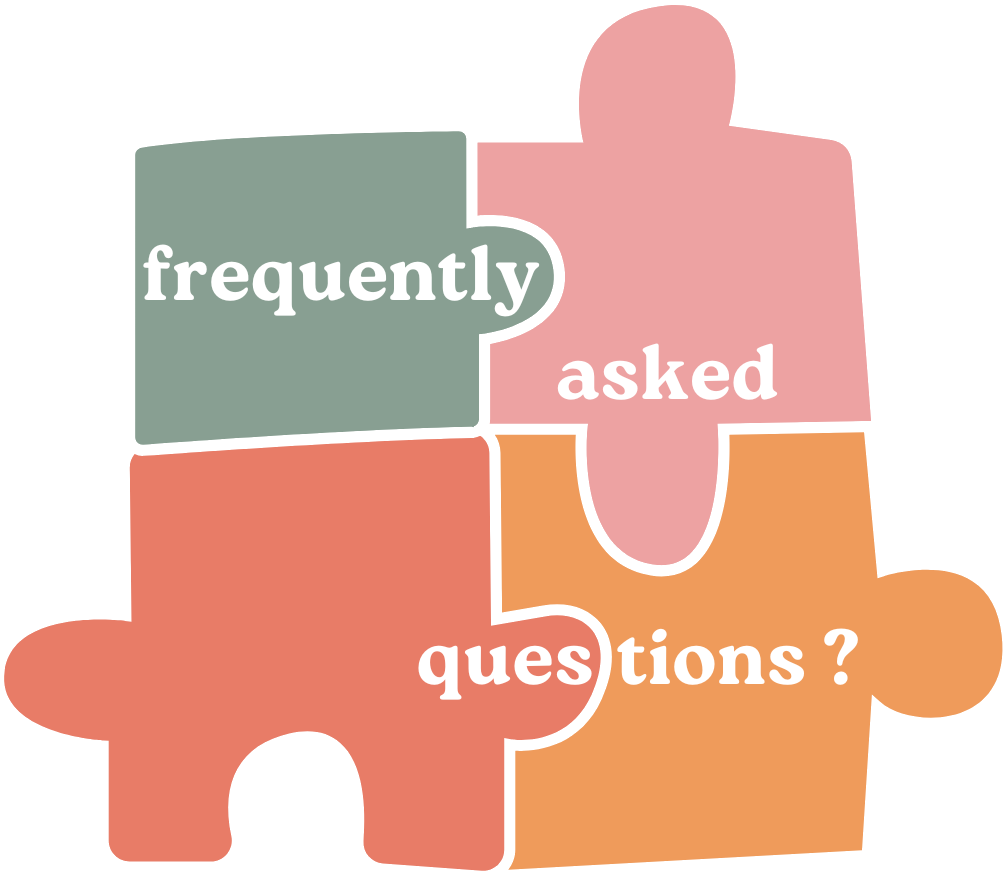Helping You Find Your Voice and Confidence
At Heartland Therapies, We provide personalized speech and language therapy to help children communicate clearly, confidently, and effectively.
We are a team of qualified speech and language therapists dedicated to improving communication, speech clarity, social interaction, and swallowing skills.

1. Speech Therapy for Children
Articulation and pronunciation
Language delay and disorder
Stuttering (fluency)
Social communication skills
Therapy Tools & Techniques
We use interactive and engaging tools to make therapy effective and fun, including:
Flashcards and visual aids
Communication boards and AAC devices
Articulation games and apps
Sensory and motor activities
Home practice programs
Book a Session
The advantage of early intervention is the ability for issues to be worked on while the brain is the most receptive, which means it cuts down therapy time.
Getting started is easy!
Schedule an initial consultation.
Receive a personalized therapy plan.
Begin your journey toward better communication.

1. What is speech and language therapy?
Speech and language therapy helps people who have difficulties with communication, speech, language, voice, fluency (stuttering), or swallowing. Therapists assess, diagnose, and provide treatment to improve these skills.
2. Who needs speech and language therapy?
Speech therapy can help:
-
Children with delayed speech or language development
-
People with conditions like autism or Down syndrome
-
Anyone struggling to communicate clearly or confidently
3. What happens during the first session?
The first session is usually an assessment. The therapist will talk with you (and your child if applicable), observe communication skills, and discuss goals. From there, they’ll create a personalized therapy plan.
4. How long does therapy take?
The length of therapy depends on each person’s needs. Some may see progress in a few weeks, while others may need several months of ongoing support. Your therapist will regularly review progress and adjust the plan as needed.
5. How often should therapy sessions be?
Most clients attend sessions once or twice a week, but this can vary based on individual goals, age, and progress.
6. Can parents or caregivers participate in therapy?
Yes! Parent and caregiver involvement is very important. Therapists often provide home practice activities and communication strategies to support progress outside the clinic.
7. Do you offer online (teletherapy) sessions?
No, we do not offer online speech therapy sessions for clients who prefer virtual support.
8. At what age should my child start speech therapy?
There’s no “too early” age for assessment. If you notice that your child is not talking, has unclear speech, or struggles to understand language, it’s best to get an evaluation. Early intervention leads to better results.
9. How do I know if my child needs therapy?
Some signs include:
-
Not talking as much as other children their age
-
Difficulty pronouncing certain sounds
-
Trouble following directions
-
Stuttering or repeating sounds
-
Limited vocabulary or short sentences
If you’re unsure, a professional assessment can help clarify your child’s needs.
10. Do you work with adults too?
No, We provide therapy for children only.
11. What should I bring to the first appointment?
Bring any medical reports, school records, or previous therapy notes if available. Most importantly, bring your questions and goals for therapy!
12. Is speech therapy covered by insurance?
Coverage varies depending on your provider and plan. We can provide an invoice or treatment report to help with insurance claims if needed.
13. What makes your therapy approach different?
We use personalized, evidence-based therapy, making sessions fun, engaging, and tailored to each client’s goals. Our goal is not just better speech — but better confidence and communication in daily life.

